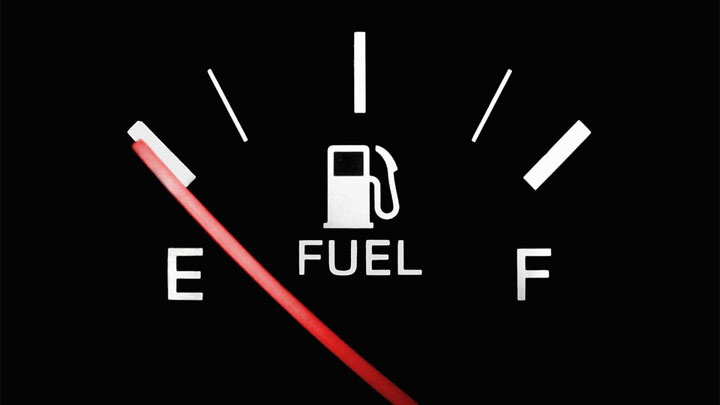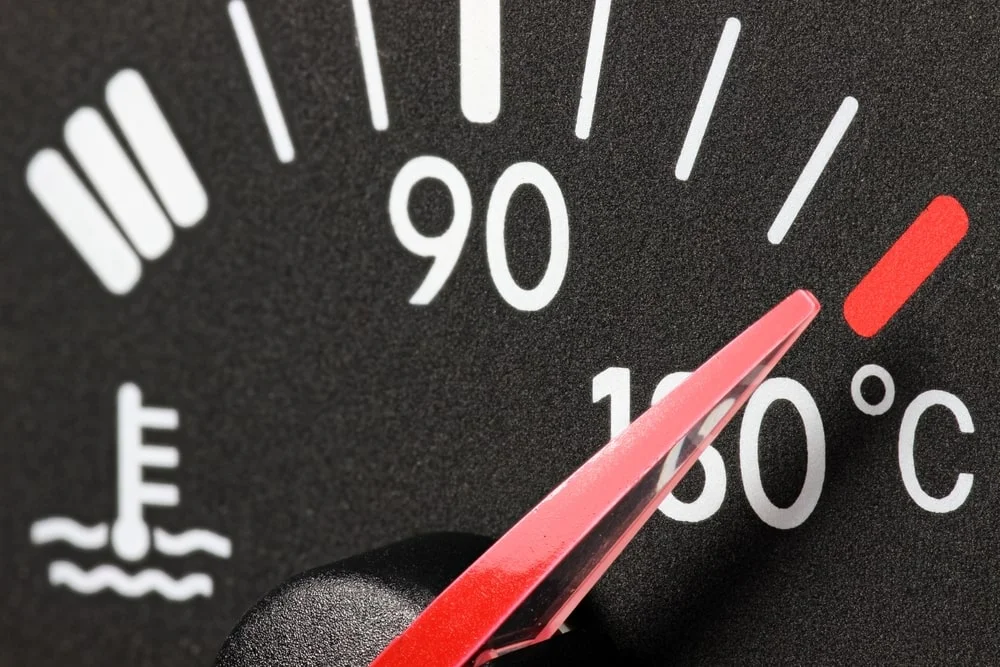Fuel Pressure Sensor: Understanding its Function and Importance
Many diesel and some gasoline engines use a fuel pressure sensor (also known as a fuel pressure sensor). This sensor is often situated in the center of the fuel rail and is linked to the engine control unit (ECU), which is the vehicle’s central computer. It is not the same as the gasoline tank pressure sensor, which is situated within or on top of the fuel tank.
In today’s automotive industry, fuel efficiency and engine performance play a crucial role. Vehicles are equipped with sophisticated electronic systems to monitor and control various aspects of their operation. One such component is the fuel pressure sensor, which plays a vital role in ensuring optimum engine performance and fuel economy. In this article, we will explore the fuel pressure sensor, its function, importance, and the significant impact it has on your vehicle’s overall performance.
What Does a Fuel Pressure Sensor Do?

This sensor’s purpose is to monitor the fuel pressure within the fuel rail. When the sensor detects this information, it sends it to the engine control unit.
The computer will then assess the data and make the required changes to the timing of the fuel injections and the amount of fuel injected. This provides the best engine performance for the current driving conditions.
The engine control unit will specify how much fuel the engine need. Fuel economy suffers when more fuel than necessary is put into the combustion chamber.
Furthermore, the lifespan of emissions-related components declines, and extra carbon emissions are released into the environment.
Because most vehicles on the road today are designed to be as ecologically friendly as possible, the fuel rail pressure sensor is a critical component that must function at all times.
Must Read : The Ultimate Guide to Catalytic Converter Cleaner: How to Boost Performance
Understanding the Fuel Pressure Sensor: A. Definition and Purpose:
- Defining the fuel pressure sensor: The fuel pressure sensor is an electronic device responsible for measuring and monitoring the pressure of the fuel within the fuel supply system.
- Purpose of the fuel pressure sensor: Its primary purpose is to provide accurate pressure readings to the vehicle’s engine control unit (ECU) to optimize fuel delivery and facilitate optimal engine performance.
Design and Components
- Construction: Most fuel pressure sensors consist of a diaphragm and strain gauge mechanism, which detects and converts changes in fuel pressure into electrical signals.
- Electrical connections: Fuel pressure sensors typically feature a three-wire design, including a reference voltage wire, a ground wire, and an output signal wire connected to the ECU.
The Function and Operation of a Fuel Pressure Sensor: A. Fuel Pressure Measurement
- Determining fuel pressure: The fuel pressure sensor measures the pressure exerted by the fuel pump within the fuel rail or fuel line.
- Optimal pressure range: The sensor ensures fuel pressure remains within the optimal range for each specific vehicle, which enhances fuel combustion efficiency and engine performance.
Sending Signals to the ECU
- Signal conversion: When fuel pressure changes, the fuel pressure sensor converts this variation into electrical signals.
- Transmitting information: The sensor transmits these signals to the vehicle’s ECU, which then adjusts the fuel injectors’ duration and timing accordingly.
Importance of the Fuel Pressure Sensor: A. Fuel Efficiency
- Fuel delivery optimization: By providing real-time data about fuel pressure, the sensor allows the ECU to control the fuel trim, ensuring the optimal fuel-to-air ratio and enhancing fuel efficiency.
- Fuel pressure anomalies detection: In case of any abnormalities or irregularities in the fuel pressure, the fuel pressure sensor alerts the ECU, enabling it to make necessary adjustments and prevent excessive fuel consumption.
Engine Performance
- Informed fuel injection: Accurate pressure readings facilitate precise fuel injection, ensuring the car’s engine runs smoothly and attains peak performance.
- Preventing engine damage: By avoiding inadequate fuel pressure, the sensor prevents engine-related issues such as misfires, lean fuel mixtures, and rough idling.
Emission Reduction
- Optimizing combustion: Maintaining the ideal fuel pressure allows for complete fuel combustion and reduces the emission of harmful pollutants.
- OBD II compliance: A functional fuel pressure sensor ensures compliance with On-Board Diagnostic (OBD II) standards, which are aimed at monitoring and minimizing vehicle emissions.
Symptoms of a Faulty Fuel Pressure Sensor: A. Warning Signs
Check Engine Light
Illumination of the check engine light is often an indication of a malfunctioning fuel pressure sensor.

When your fuel rail pressure sensor fails, the “Check Engine” warning light on your dashboard may illuminate. This light illuminates whenever the engine control unit detects a problem within the vehicle that has an impact on the engine.
This does not always indicate that the engine is defective, but rather that something else in the car is interfering with its ability to function properly. You may not realize it is the fuel rail pressure sensor at first, but a diagnostic scan tool may typically confirm the problem.
The most prevalent DTC codes indicating a fuel rail sensor problem are P0190, P0191, P0192, P0193, and P0194.
Engine Performance Issues
Reduced power, rough idling, hesitation, or difficulty starting the engine can all indicate a faulty sensor.

If your fuel rail pressure sensor fails, the ECU will not provide the correct amount of fuel to the engine. This will make starting your vehicle difficult.
When this problem first develops, turning the engine will most likely require several attempts before it starts. However, as the condition worsens, it will take more and more efforts to get started. It frequently starts and then shuts off. Eventually, the engine will not start.
Weak Acceleration

When you press the gas pedal and the vehicle does not accelerate as it should, you may have a faulty fuel pressure sensor.
Because of erroneous information from the sensor, the engine control unit is unable to properly relay the signal to the fuel system. That is, it will be unable to accommodate the increased fuel demands placed on the engine.
Bad Fuel Mileage

When your fuel pressure sensor fails to function properly, you will notice a significant decrease in fuel efficiency and mileage.
Your engine control unit will either feed too much or too little fuel via the fuel rail and into the combustion chamber. You will rapidly discover that you are making more journeys to the petrol station and spending more money.
Larger vehicles typically see the greatest drop in fuel economy. A Duramax engine, for example, will have a greater impact on fuel economy than, say, a Honda Civic.
Cost of Fuel Sensor Replacement

The cost of replacing a fuel rail pressure sensor varies greatly based on the make and model of your car. A fuel rail pressure sensor repair will typically cost between $200 and $340.
The parts alone will cost between $60 and $100, and labor to replace the sensor would cost between $140 and $240.
Of course, hiring a dealership to do the work will cost you more than hiring an independent technician. In most circumstances, unless you have extensive auto repair skills, you should not try replacement yourself.
Potential Causes
- Sensor wear and tear: Over time, the sensor’s internal components may deteriorate, leading to inaccurate pressure readings.
- Wiring or connection problems: Loose or damaged wiring connections can interfere with signal transmission, resulting in faulty fuel pressure readings.
Testing and Replacing a Fuel Pressure Sensor: A. Diagnostic Methods
- Fuel Pressure Gauge: Connecting an external fuel pressure gauge to the fuel rail can help determine if the sensor is providing accurate readings.
- OBD II Scanner: Advanced diagnostic tools can retrieve error codes and provide valuable information about the sensor’s functionality.
Replacement Procedure
- Tools and Safety Measures: Collecting the necessary tools and ensuring proper safety protocol is essential before beginning the replacement process.
- Step-by-step Replacement: A detailed guide outlining the steps required to remove and replace a faulty fuel pressure sensor.
Conclusion
The fuel pressure sensor is a vital component of modern vehicles, contributing to efficient fuel delivery, optimal engine performance, and reduced emissions. By accurately measuring and transmitting fuel pressure data to the ECU, this sensor enables the vehicle’s computer system to make necessary adjustments on the fly. Regular maintenance, timely diagnosis, and proper replacement of a faulty fuel pressure sensor are crucial for ensuring your vehicle’s efficient operation and long-term performance.
